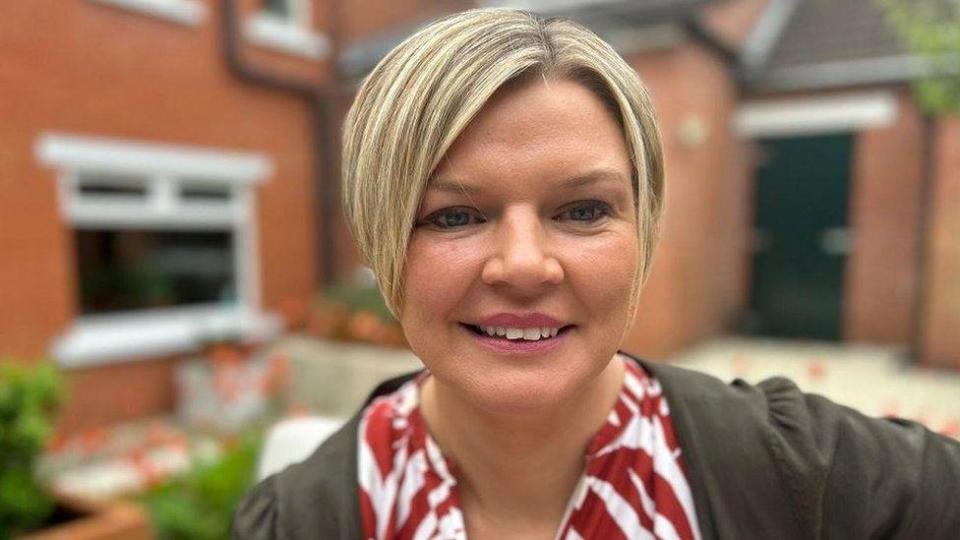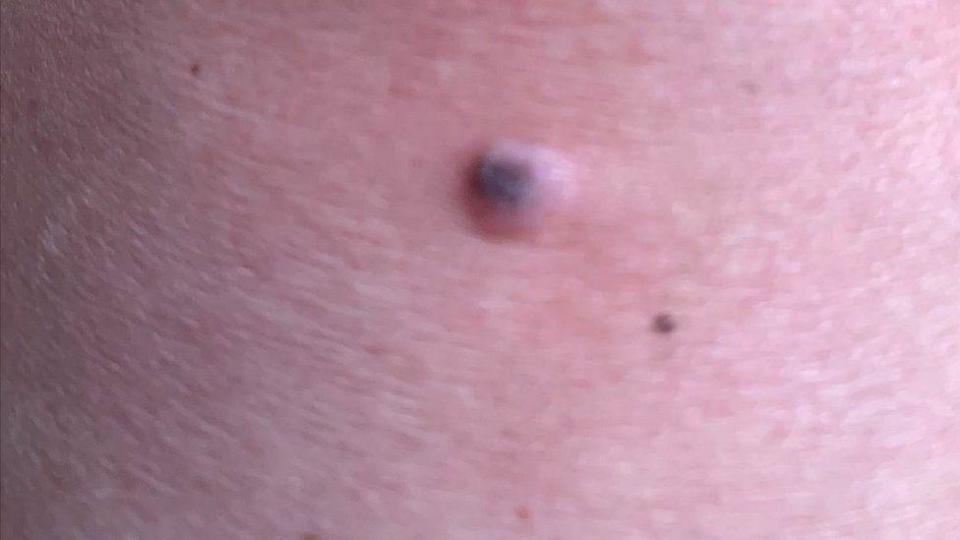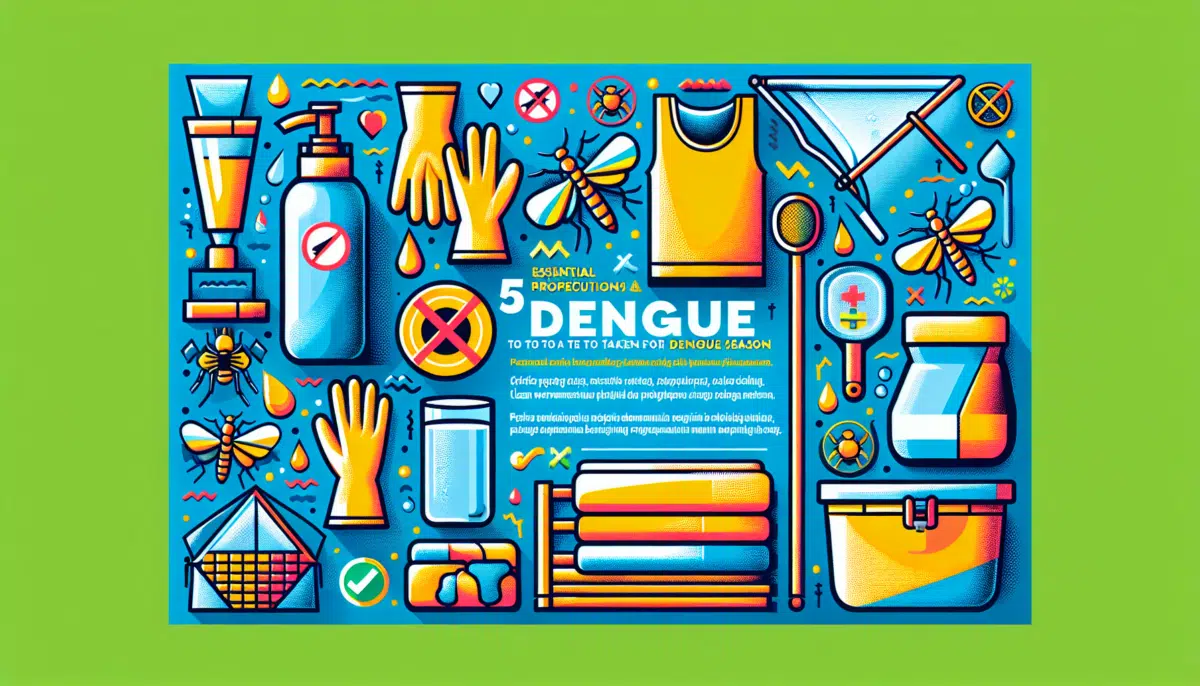<
div>An Australian dermatologist, Jim Muir, expressed disbelief that sunbeds are not banned in Northern Ireland despite their strong association with skin cancer. Tanning parlors have been found to significantly increase the risk of melanoma, a type of skin cancer. In countries like Australia, sunbeds have been prohibited for over ten years. Recent data has revealed that Belfast is considered the “sunbed capital of the UK,” with 37% of adults in the city using them.
The charity Melanoma Focus highlighted a concerning trend of rising melanoma skin cancer rates in the UK. During his visit to Northern Ireland, Mr. Muir emphasized the dangers of tanning parlors, stating that using them leads to premature aging and exposes individuals to cancer-causing ultraviolet (UV) light. Comparing Australia to Northern Ireland, he humorously remarked that in Australia, people can acquire melanoma and skin cancer for free by simply going outside, while sunbed users in Northern Ireland have to pay for it.
One individual who used sunbeds regularly, Lyn Stevenson, shared her experience of developing skin cancer. She believes that insufficient efforts are being made to educate the public about the risks of melanoma. Drawing a parallel to the well-established link between smoking and cancer, Lyn emphasized the equally serious connection between sunbed use, lack of sun protection, and cancer.
What is skin cancer?
The Public Health Agency (PHA) reports that more than 30% of all cancers detected in Northern Ireland are skin cancers, mainly caused by UV ray exposure. Skin cancer can be categorized into two types: melanoma and non-melanoma skin cancers. Melanoma, a more severe form, can spread to other parts of the body and is typically characterized by the appearance of new or changing moles. Commonly affected areas include the back, legs, arms, and face. Melanomas often exhibit irregular shapes, multiple colors, larger sizes than normal moles, and may be itchy or prone to bleeding. Northern Ireland sees approximately 400 cases of malignant melanoma annually, resulting in an average of 60 deaths yearly.
Non-melanoma skin cancer, while more prevalent, is generally less severe, with an average of fewer than 4,000 cases annually and a death rate of around 1%.


Who can get skin cancer?
Risk factors for melanoma include age, fair skin, multiple moles, and a family history of skin cancer. Nevertheless, the primary cause remains UV ray exposure from sunlight and sunbeds. Lyn Stevenson, a former sun enthusiast, admitted to feeling healthy while tanned, despite unknowingly putting herself at risk. A pharmacist by profession, she discovered a new mole on her knee during the summer of 2023. Being aware of the ABCDE checklist to differentiate between normal moles and potential melanomas, Lyn’s vigilance led her to notice abnormalities and seek early detection services like those offered by Action Cancer.


After being diagnosed with malignant melanoma, Lyn was surprised since she had not experienced severe sunburns despite her sunbed use. Fortunately, early detection played a crucial role in her treatment and recovery.
Iona McCormack, a senior skin cancer specialist nurse with Action Cancer, shared her journey of using sunbeds in the past and stressed the importance of opting for fake tan and sunscreen instead to protect against skin cancer.
She emphasized the alarming trend of sunbed usage in Northern Ireland and urged people to reconsider their sunbed habits due to the serious risks involved. McCormack highlighted her personal experience of developing cancer despite initially not believing it could happen to her.
When it comes to melanoma, the most common signs include the emergence of new moles or changes in existing ones. Symptoms to watch out for are alterations in color, shape, size, or if the mole becomes painful or itchy. The NHS advises individuals to consult their GP if they notice any new or unusual marks on their skin that persist for several weeks.
The ABC method for mole examination includes checking for asymmetry, irregular borders, uneven colors, large diameters, evolving characteristics, and any “funny” or suspicious changes. This systematic approach can help in early detection of potential issues.
The debate over banning sunbeds has gained traction globally, with the WHO labeling UV sunlamps, sunbeds, and tanning booths as carcinogenic. Countries like Brazil and Australia have already imposed bans on sunbeds for cosmetic purposes, emphasizing the health risks associated with their usage. In Northern Ireland, restrictions exist for under-18s, but experts like Australian dermatologist Mr. Muir advocate for a more stringent approach, arguing that if it’s unsafe for younger individuals, it’s equally hazardous for adults.
While the Department of Health in Northern Ireland currently has no immediate plans to ban sunbeds, they haven’t ruled out future regulatory measures as part of their Skin Cancer Prevention Strategy. The focus remains on reducing skin cancer incidences and raising awareness about the dangers posed by sunbeds.
To prevent skin cancer, individuals are encouraged to steer clear of sunbeds and tanning booths, take sun safety precautions such as using sunscreen and reapplying it regularly, and utilize resources like Action Cancer’s skin cancer detection service. This service has been instrumental in identifying numerous skin cancer cases, including malignant melanomas, underscoring the importance of early detection and prompt treatment.
(Source: Yahoo News)






